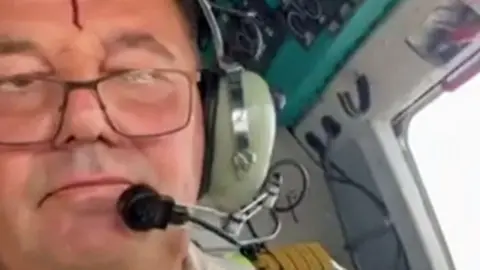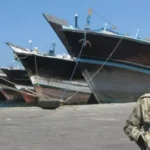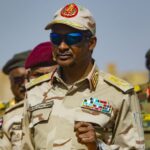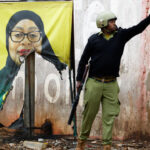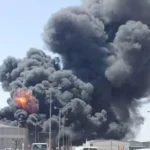In the heart of South Sudan, amid the ongoing conflict that has plagued the region since its independence in 2011, stories of heroism and resilience weave through the chaos. Among the most compelling are the accounts of helicopter pilots who brave hostile terrains and hostile fire to rescue those stranded in war-torn areas. These narratives remind us of the dangers these aviators face and the indomitable human spirit that drives them.
One such mission unfolded in early 2023, when a team of humanitarian workers found themselves under siege in a remote area of South Sudan, surrounded by armed groups. With no ground access and communication lines severed, their lives depended on a response that would come from the sky. The call for help reached a team of helicopter pilots associated with the United Nations Mission in South Sudan (UNMISS), who quickly prepared for an extraction mission fraught with peril.
Experienced pilot Captain Samuel Ngor, who has flown in the region for over a decade, describes the tension in the cockpit as they embarked on the mission. “As we flew closer to the coordinates, the atmosphere was electric. You could feel the weight of every heartbeat; we knew we were heading into a potentially dangerous situation.” Pilots like Captain Ngor undergo rigorous training to handle not just the aircraft but also the psychological and physical stress that comes with flying in conflict zones.
Despite the threats overhead, the pilots were undeterred. Utilizing their advanced equipment, they navigated through thick clouds and the tumultuous landscape, frequently adjusting their altitude to avoid hostile fire. “Every mission is a calculated risk, but when lives are on the line, you push through the fear,” Ngor recounted. Indeed, statistics indicate that helicopter operations in conflict zones have a significantly higher risk of encountering gunfire; however, these aviators are prepared for such eventualities.
As they approached the extraction site, the situation intensified. Gunfire erupted across the area as rival factions battled for control, but the pilots maintained composure. “We knew we had to get in and out quickly,” explained co-pilot Lieutenant Julia Kuwe, who worked alongside Ngor during that fateful flight. “The noise of gunfire is something you never forget, but the urgency of the mission made everything else fade away.”
The helicopter landed amidst sporadic fire, and the crew quickly disembarked to secure the humanitarian workers. They needed to act fast, knowing that their presence was a clear target for enemy factions. As they loaded the frightened evacuees onboard, Kuwe and Ngor poetically described the mixed feelings of dread and hope; the fear for their safety cast against the relief of rescue. “Our job is to bring them home,” Kuwe noted, underscoring the responsibility pilots feel towards those they save.
As the helicopter took off, the crew maneuvered through hostile airspace, minimizing exposure to gunfire. Each second felt like an eternity as they safely navigated back to a secure area. Miraculously, the crew completed the mission without sustaining injuries. The successful extraction was a testament to the skill, courage, and unwavering determination of the pilots involved.
In the months following this mission, the plight of South Sudan continues, with humanitarian crises and conflicts persisting. However, the stories of pilots like Ngor and Kuwe provide a glimmer of hope amidst darkness. Their recounts reflect not just personal bravery, but also a broader commitment to humanitarian assistance.
As the world watches this conflict unfold, the role of pilots in rescuing vulnerable lives cannot be overstated. Their daring missions under gunfire exemplify how a dedicated few persistently strive to save lives, proving that even in the direst circumstances, the spirit of humanity shines through. In South Sudan, where every flight can be fraught with danger, these aviators continue to ascend into the unknown.
Email Us on editorial@nnafrica.com


